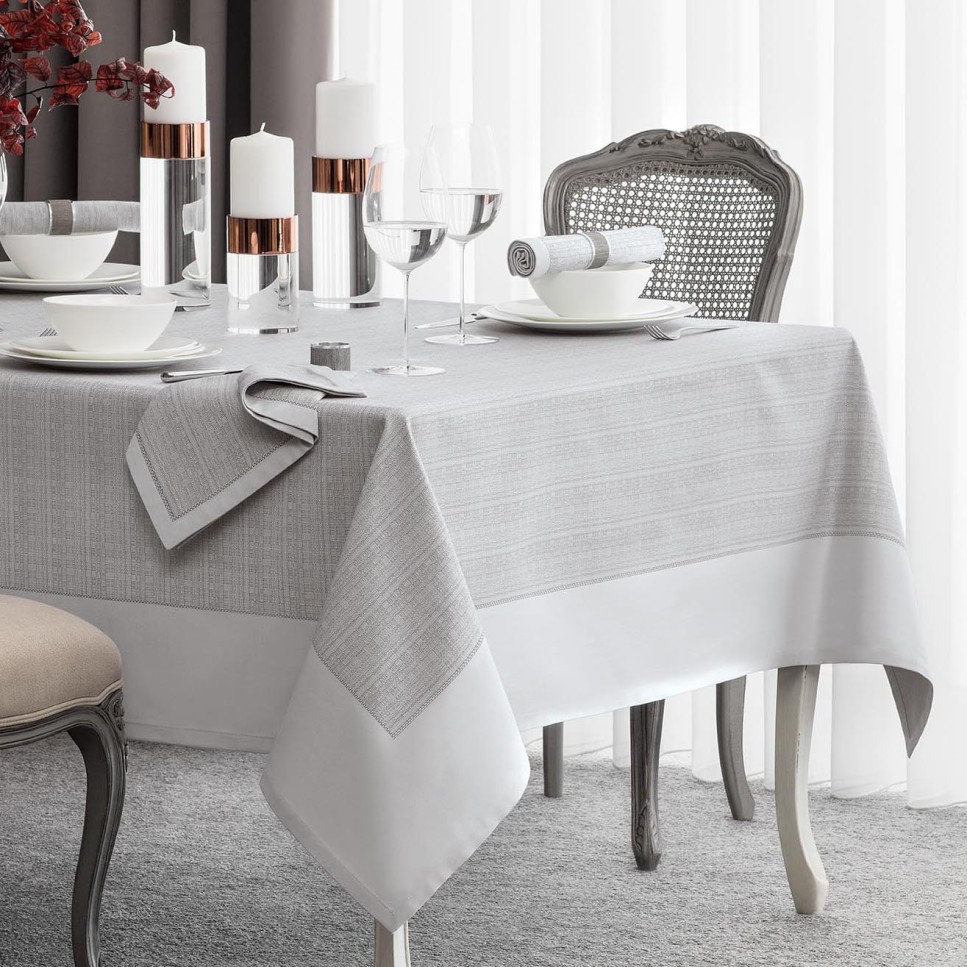Top-notch Flat Sheet Selection: Comfort and Durability for Every Bed
Top-notch Flat Sheet Selection: Comfort and Durability for Every Bed
Blog Article
Bed Linen Fabric Technologies: Exploring Modern Trends and Creative Applications in Design and Fabric Industry
From sustainable manufacturing approaches to cutting-edge weaving technologies, the development of linen is reshaping the landscape of the textile market. As we dive into the worlds of creative design applications and the development of bed linen blends and crossbreed textiles, a new chapter unravels in which bed linen's function in future textile developments takes center phase.
Sustainable Practices in Bed Linen Production
Sustainable techniques in bed linen production have actually ended up being increasingly important in the fabric market's efforts to reduce ecological impact and advertise ethical sourcing methods. Bed linen, an all-natural fiber stemmed from the flax plant, offers a variety of benefits such as biodegradability, toughness, and breathability. However, standard methods of bed linen manufacturing can include substantial water usage, chemical usage, and energy-intensive processes.
To deal with these obstacles, numerous textile suppliers are taking on lasting practices throughout the linen production procedure. This consists of sourcing flax from organic farms that avoid damaging pesticides and chemicals, implementing water-efficient retting methods to extract fibers from the flax stalks, and making use of environmentally friendly dyes and coatings. In addition, some firms are purchasing renewable resource resources to power their manufacturing centers and decreasing waste with recycling and upcycling initiatives.
Technological Innovations in Bed Linen Weaving
With the expanding focus on sustainable practices in linen manufacturing, the textile market is now observing a rise in technical developments especially targeted at transforming the art of bed linen weaving. These advancements are improving the way linen materials are produced, providing enhanced performance, high quality, and creativity in weaving methods.
Among the essential technological improvements in bed linen weaving is the assimilation of digital looms. These innovative looms are furnished with software that permits intricate and intricate layouts to be woven with precision. By digitizing the weaving process, makers can attain higher uniformity and precision in their linen fabrics.
Additionally, developments in yarn spinning modern technology have actually enabled the manufacturing of finer and even more sturdy bed linen yarns - table cloths. This causes softer and smoother linen textiles that preserve their high quality even after several uses and laundries
Furthermore, the growth of eco-friendly dyeing procedures and surfaces for bed linen fabrics is obtaining traction. These lasting methods not only minimize the environmental effect but likewise satisfy the raising customer demand for fairly produced fabrics.
Creative Design Applications for Bed Linen
Cutting-edge imaginative methods are increasingly shaping the imaginative style applications for linen in the textile industry. Linen's all-natural visual allure and capability to blend with other materials make it a favored selection for developing one-of-a-kind garments and accessories that cater to the eco conscious customer.
Moreover, designers are explore bed linen in home decoration, using its breathable and sturdy nature to craft elegant home furnishings such as curtains, bed linens, and upholstery. The texture and drape of linen bring a feeling of refinement and convenience to indoor spaces, including a touch of beauty to contemporary homes.
:max_bytes(150000):strip_icc()/smooth-linen-tableware-sky-24_2000x-e91a79aab4354001b5445ec12d511141.jpg)
Bed Linen Blends and Crossbreed Fabrics

Crossbreed materials, on the various other hand, take the principle of blending a step further by including extra components such as metallic strings, recycled materials, or conductive fibers. These innovative textiles not only increase the style possibilities yet likewise present functional aspects like conductivity, antimicrobial homes, or enhanced longevity. Hybrid fabrics are increasingly being made use of in numerous industries, including fashion, interior decoration, and technical fabrics, where the need for multifunctional products gets on the increase.
Linen's Function in Future Fabric Innovations

In the realm of future textile technologies, linen is anticipated to be a key gamer in the advancement of innovative practical materials. Researchers and designers are checking out means to improve linen's integral qualities with technological developments, such as incorporating clever fabrics, nanotechnology, and efficiency surfaces. These technologies intend to elevate bed linen's efficiency characteristics, making it ideal for a broader variety of applications, from activewear to safety clothing.
In addition, the combination of linen with various other all-natural or synthetic fibers opens up unlimited possibilities for creating novel fabrics with one-of-a-kind properties and functionalities. By leveraging linen's attributes and discovering innovative blends, the textile industry is positioned to introduce interesting developments that satisfy advancing customer demands and sustainability needs.
Verdict
Finally, the exploration of sustainable practices, technological improvements, imaginative style applications, bed linen blends, and its function in future fabric developments highlight the constant evolution of linen fabric in the modern-day design and fabric market. With a focus on development and creativity, the versatility and environment-friendly nature of linen make it an important product for developers and producers alike, leading the way for additional developments and advancements in the field of textiles.
As we dig into the worlds of imaginative layout applications and the introduction of bed linen blends and hybrid materials, a brand-new phase unfolds in which bed linen's function in future textile developments takes center phase.
Discovering the combination of linen with various other fabrics has actually led to the emergence of ingenious blends and crossbreed textiles in the contemporary textile sector. Linen blends provide an one-of-a-kind combination of the attributes of bed linen with those of other fibers, resulting in materials that have enhanced residential properties such as increased longevity, improved draping, and minimized wrinkling.The advancement of bed linen blends and hybrid fabrics has established the phase for Bed linen to play a pivotal role in driving future textile technologies.In the world of future textile developments, linen flat sheet is expected to be a crucial gamer in the growth of innovative functional fabrics.
Report this page